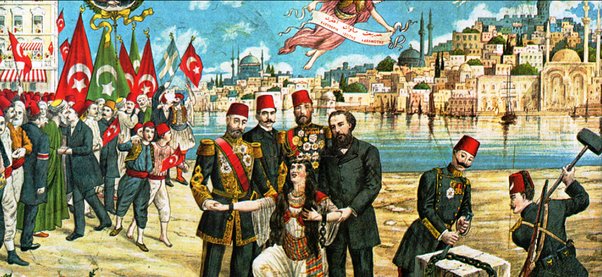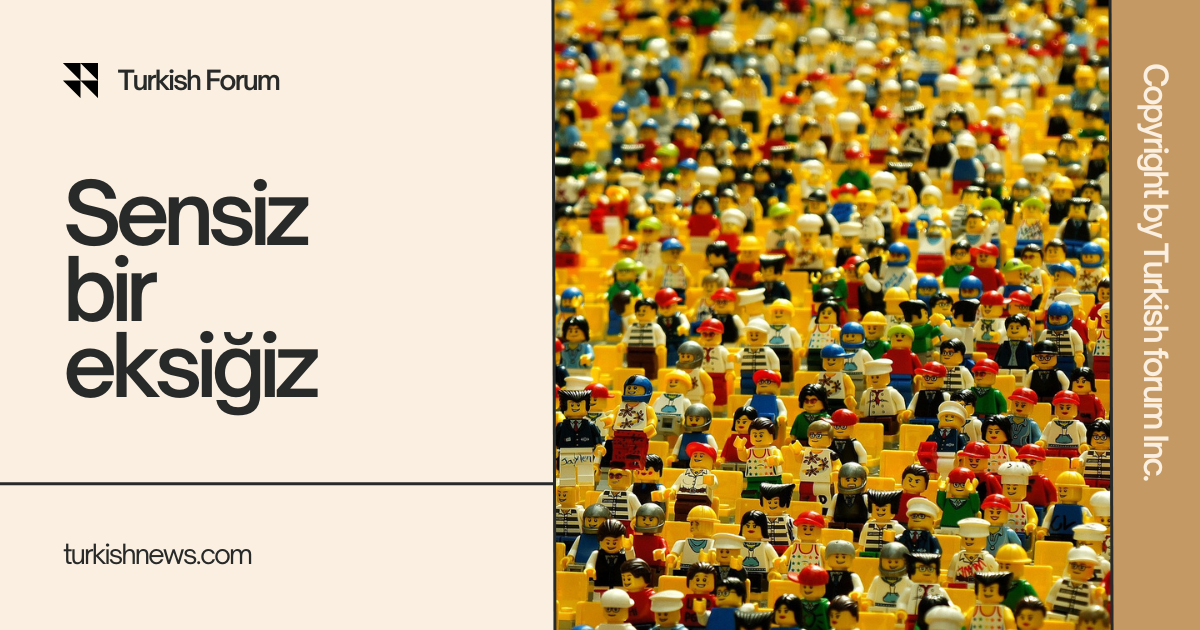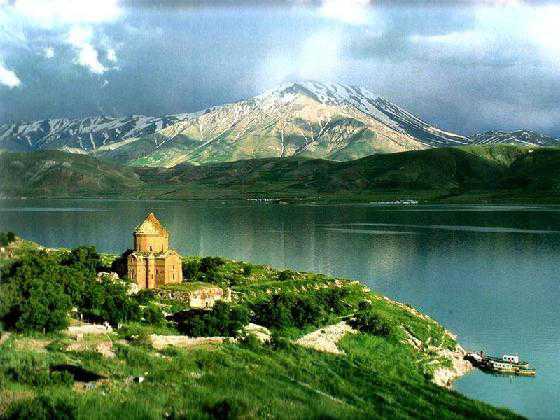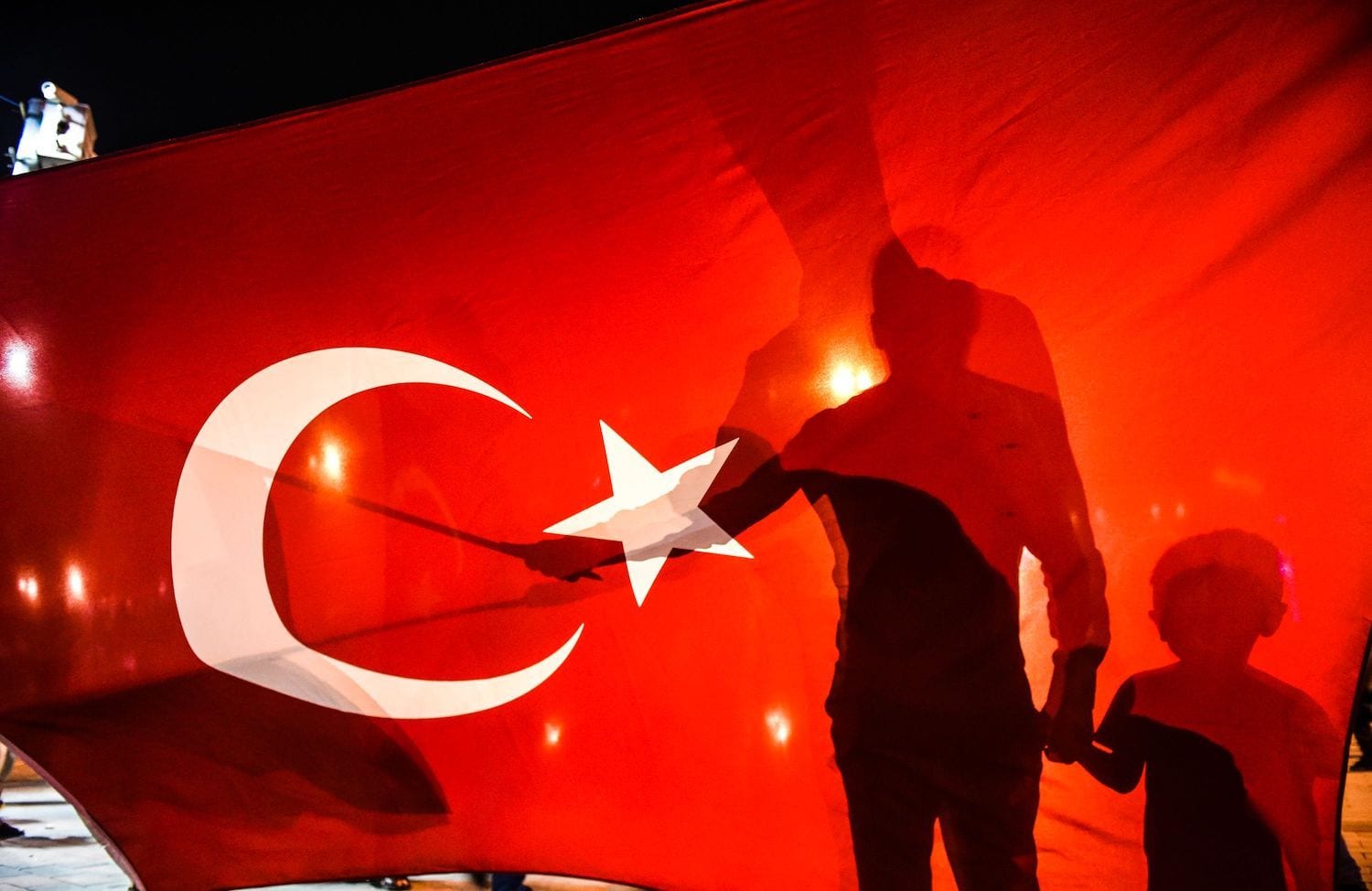“soykırım” karaçalmasına karşı hazırladığım incelemenin İngilizcesini
sunuyorum.
Saygıyla. Prof.
Dr. Özer Ozankaya
Human angle
by Prof. Dr. Özer OZANKAYA
Over the past 40 years, many Western
governments have held the Turkish nation and the Turkish
Republic responsible for the bloody
Armenian-Turkish conflicts which were incited, particularly by Russia, Britain,
France and America, in the East and South Anatolian regions
during the final years of the Ottoman
State. Further, they have
concurred in the presentation of these events as a “genocide carried out by the
Turks against the Armenians”. Ignoring the requirements of objectivity and
consistency, they have approved parliamentary resolutions to this effect, and
even enacted laws punishing those who do not defend this position! Together
with the Armenian government, these Western states close their ears to Turkey’s
appeals for proposals to examine the issue in a scientific atmosphere according
to objective criteria.
Objectivity is the leading
requirement of international peace and democracy. It is also one of the foundations
of the Turkish Republic. As Atatürk warned, “Writing
history is just as important as making history. If the writer is not loyal to
the history-maker, then the unchangeable truth turns into something surprising
for humanity.” With respect to the Armenian genocide allegations, a significant
number of French scientists last month stressed that it was wrong for the
French Parliament to convert its political views on historical issues into laws
and resolutions, and argued that writing history should be left to researchers.
This statement is pleasing. As a sociologist, I would like to add my own
observations and remarks on the issue – not as rigid assertions, but as
suggestions which are open to criticism.
History written and rewritten
The destruction of the Ottoman State was accompanied by much suffering
on the part of Ottoman nationals as a result of conflicts of interest among the
industrialised Western states in their search for natural resources and
markets. The greatest anguish was experienced by the Turkish section of
society, which had borne most of the burden of the Ottoman State,
but been left out of all progress.
As America’s
Professor Justin McCarthy sets out in his research on migration in the region,
Ottomans of Turkish origin were cast out of homes which they had occupied in
Rumelia (Southeast Europe) for 500 years.
Similarly, an attempt was made to form a region deprived of Turkish population
in the East, in order artificially to create an Armenia. Armenian gangs, set up and
armed with the support of the British, Russians and French, launched an
initiative to massacre Turks, including women, the elderly and children, and to
force them to flee the region. The majority of the Armenian population could
not or did not rebel against these murders. However, although attacks on Turks
were successful in the western provinces of the Ottoman State,
they did not succeed in the East. The Ottoman
State obliged the population of
Armenian origin in this region – and this region only – to migrate southward, in
order to protect the Turkish population and prevent them from being stabbed in
the back while fighting against Russia.
During the War of Independence,
Armenians in French military uniform were used to attack Turks in Adana, Maraş and Gaziantep.
This made it even more impossible for the Armenians who had been subject to
deportation to return to their homelands upon the foundation of the Republic.
In short, the Armenian people in Eastern Anatolia
lost their opportunity to live in peace together with their Turkish neighbors
because they could not or did not refuse to serve as a vehicle for the
interests of the Western states. They had been present in the region for over a
thousand years. They ended their existence in the region by their own hands.
As of the 1990s, Armenian
politicians backed by the political West began to turn the incidents upside
down. Making no mention of the attacks on the Turks, they let it be known that
the Ottoman State and Turkish nation had carried out
a genocide against the Armenians, just as others had sought to annihilate the
Jews. The Republic
of Turkey had attached
great importance to preventing the past from poisoning the present, and chosen
not to put the responsibility of the political West for the painful incidents
mentioned above onto the international agenda. But this noble policy was
regarded as an indication of weakness and used against Turkey as a
weapon.
Points to consider
Slandering a nation is itself a
kind of genocide attempt. The inaccuracy of the propaganda has been proven many
times. Some of the convincing arguments used to debunk the smear campaign are
as follows:
1. The Ottoman State drifted into
World War I as a result of the efforts of Enver Pasha and similar state
administrators under the control of Germany. The whole Ottoman Army was
under the direct command of the German generals who constituted the “German
Military Training Council”. Liman von Sanders and Falkenhein are the best-known
examples. If the Ottoman
State were to commit
genocide against Armenian nationals, the German government would have ample
opportunity to document it. But no such document has been found in the German
archives.
2. The Ottoman State, which signed the Mondros Ceasefire
Agreement, surrendered the entire administration to the British, French and
Italian occupiers. The war criminals were delivered to the courts and exiled to
Malta.
However, although the states which had won the war seized all the archives of
the Ottoman state, they found no proof to indicate that genocide had been
implemented against the Armenians, and they were able to make no such
allegation. If any proof had been found in the British, French, Russian and
Italian archives up until now, it would have been declared to the whole world
many times over.
3. During the period of the Ceasefire and the Turkish War
of Independence, the American administration assigned General Mosley and
General Harbord to research the Armenian allegations. They stated that there
had been no genocide – only “mutual killings” – and noted that Turks had
suffered the greater losses during the clashes. They did not pass judgement as
to who started the killings: had it been the Turks, one doubts whether they
would have remained silent.
4. Prior to the 1877 Ottoman-Russian War, Britain, on account of its own colonialist
interests, was opposed to any attack to be launched by Russia on the Ottoman State
on the pretext of protecting the Armenians from oppression. Britain
assigned a Royalty captain to observe the situation on the spot. According to
Captain Peebody’s report, ‘Five Hundred Miles on Horseback in Asia
Minor’, the Armenians were not subject to pressure. Indeed, he
found them to be the most prosperous and richest section of society. However he
noted that they might not be entirely loyal to the Ottoman State.
5. We know that the Armenians
attacked their Turkish neighbors in French uniforms in the Adana-Maraş region.
Subsequently, French Prime Minister Clemenceau did not refrain from arguing
that the Armenians had nobody to blame but themselves.
6. The allegations of Armenian
genocide were never voiced during the time of Atatürk. Turkey received a special invitation to join the
League of Nations, and not a word was said
about the allegations.
7. Had the Armenians been
subjected to genocide in Turkey, the hundreds of Jews who escaped from Nazi
Germany, like the German scientists, artists and intellectuals who revolted
against the regime, would not have wanted to live in Atatürk’s Turkey rather
than the US, Switzerland or Canada. They would not have felt that they could
live in a fully free atmosphere in Turkey.
8. The Ottoman state had regarded
the Armenians as its ‘Teb’a-i sadıka’ – or most loyal citizens. For many
generations, the palace architects (such as the Balyan family) had been chosen
from among the Armenians, and Armenians had been appointed to the highest
official positions. The Armenians had become very close to the Turks in every
aspect of culture. They printed books in Turkish using the Armenian alphabet
and widely spoke Turkish even in their homes.
9. Even today, Armenians living
in many countries throughout the world frequently speak Turkish in their homes
and among themselves. If they had been obliged to emigrate due to genocide in Anatolia, which was their homeland for thousands of
years, they would scarcely want to continue speaking Turkish.
Turkish “encouragement”?
The best strategy which any
nation can follow is to possess a contemporary culture. A democratic
administration, freedom in philosophy, science and arts, an economy based on
advanced industry and technology, and a developed written language provide a
nation with the greatest possible security. However, following World War II,
Turkish politicians failed to pursue the enlightening revolutions which Atatürk
had begun. They sought easy ways of staying in power and served selfish
interests, leaving the vast rural population largely uneducated, and weakening
the Republic. In these circumstances, the political West, which has yet to
condemn colonialism, renewed its attacks on the Turkish
Republic and the Turkish nation, so as
to prevent the Atatürk model from becoming an example for the Islamic world and
the exploited nations, and to reduce Turkey to the level of a colony
once again. This was done sometimes under the guide of assistance; sometimes
with the aid of ignorant and/or self-seeking writers and academics, Turkish or
foreign. The Armenian genocide allegations have to be seen in this context.
In order to end the Armenian
slanders and prevent their use as blackmail for the achievement of political
and economic goals vis-a-vis Turkey, Turkish governments must express the
above-mentioned facts with a loud voice, and make quite clear that the behaviour
of governments which put this issue before their parliaments, raise it on
international platforms or enact laws infringing the freedom of thought and
forbidding any questioning of the genocide allegations will be regarded as
hostile and will meet with an appropriate response.
At the same time, it follows from
the above observation that Turkey
needs strong, democratic governments conscious of their accountability to
the nation. Officials outside and inside the country should be appointed not on
partisan lines but among people who are capable of safeguarding the nation’s
interests. And academics and intellectuals should lend their support within an
understanding of democratic citizenship.
(DIPLOMAT- February 2006 – Ankara)
Prof. Dr. Özer Ozankaya Kimdir?
1937 Kulp / Diyarbakır doğumlu olan Prof. Dr. Özer Ozankaya, 1959’da Ankara Üniversitesi Siyasal Bilgiler Fakültesi’ni bitirerek aynı fakültede Sosyoloji Asistanı oldu. ABD’de Syracuse Üniversitesi’nde “Türk ve Japon Çağdaşlaşma Deneyimlerinin Karşılaştırması” teziyle Sosyoloji Master Derecesi alan Ozankaya, Siyasal Bilgiler Fakültesi’nde sırasıyla 1966 yılında “Üniversite Öğrencilerinin Siyasal Yönelimleri” konulu teziyle doktor, 1970 yılında “Köyde Toplumsal Yapı ve Siyasal Kültür” konulu araştırmasıyla doçent ve 1978 yılında da “Türk Devrimi ve Yüksek Öğretim Gençliği” konulu araştırmasıyla profesör oldu.
Çeşitli üniversitelerde ders veren Profesör Ozankaya, 1990 yılında kendi isteği ile kadrolu öğretim üyeliğinden ayrıldı. Şu anda Orta-Doğu Teknik ve Bilkent Üniversitelerinde öğretim çalışmalarını sürdürüyor.
Atatürkçü Düşünce Derneği’nin kurucu üyesi olan 4. Genel Başkanlığını ve Genel Yönetim Kurulu Üyeliğini yapmış olan, Cumhuriyetçi Demokrasi Partisi’nin kurucu üyesi ve Gen. Bşk. Yrd. olan Prof. Ozankaya’nın yukarda belirtilenler dışında yayınlanan bazı yapıtları şunlar:
1) Toplumbilim, 10. Basım, CEM Yayınevi, 1999 (Türk Dil Kurumu 1976 Bilim Dili Ödülünü almıştır.)
2) Türkiye’de Laiklik, 7. Basım, CEM Yayınevi, 2000.
4) Cumhuriyet Çınarı
5) Sosyalizmin Çöküşü kapitalizmin Zaferi Değildir
6) Dünya Düşünürleri Gözüyle Atatürk ve Cumhuriyeti
7) Atatürk’s Legacy – Views by World-Famous Intellectuals,
8) NUTUK’tan Seçmeler, CEM Yayınevi, 2000.
Prof. Ozankaya, İngilizce, Fransızca, Almanca ve Osmanlıca’dan birçok temel yapıtı da dilimize çevirerek yayınladı. Emile Durkheim‘in İntihar, (3. Bsm, CEM Yayınevi, 2002), Max Weber’in Toplumsal ve Ekonomik Örgütlenme Kuramı (İMGE Yayınevi, 1994), E. H. Carr‘in Tarih Yazımında Nesnellik ve Yanlılık (İMGE Yayınevi, 1992), George Sabine‘in Yakın Çağ Siyasal Düşünceler Tarihi (4. Bsm. CEM Yayınevi, 2001), Şemseddin Sami, Kadın (Basın-Yayın Yüksek Okulu Yıllığı, 1981), Celal Nuri, Kadınlarımız (Kültür Bakanlığı Yayını, 1993) ve Celal Nuri, Türk Devrimi (Kültür Bakanlığı Yayını, 2002) bunlar arasındadır.
Prof. Ozankaya, Türk Sosyal Bilimler Derneği, Türk Sosyoloji Derneği, Mülkiyeliler Birliği, Türk Japon Kültürünü Araştırma ve Dayanışma Derneği gibi derneklerin de üyesidir.




